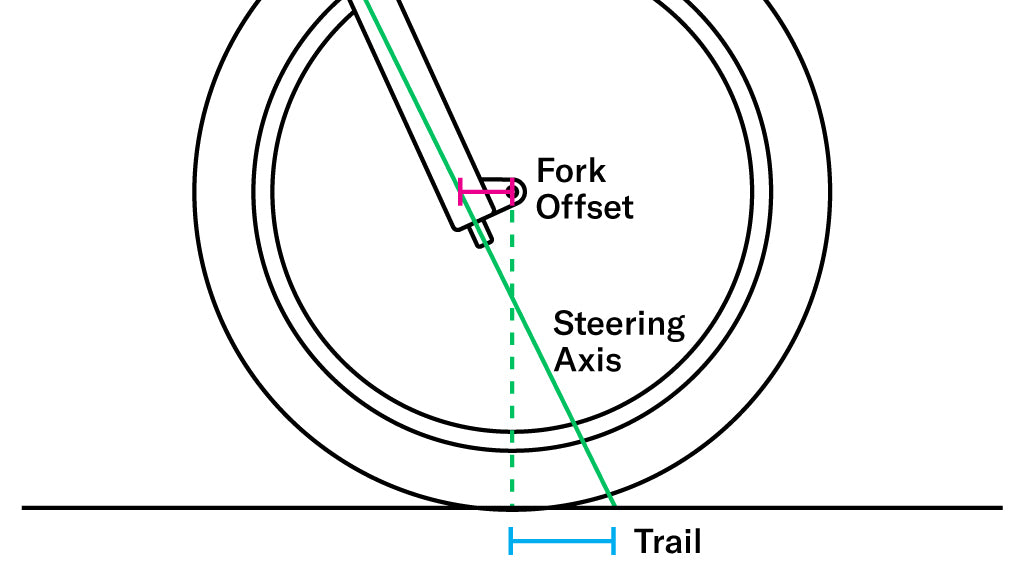I'm looking at buying a new frame, but it's all new fangled and boost. What does this mean really? I get the fact that the rear end is 148mm hub diameter, but what does this mean for a fork? I've seen various offsets and have no clue what they mean in real terms but understand what an offset is, or at least I think I do.
I want to order the right forks and wheels for the frame so when it arrives I can throw it together but want to make sure I buy the right forks, wheels and I so assume cranks as these seem to also come with offset and or boost spacing,, of which I know nothing.
Can someone or many someone's enlighten me.
Annoyingly I have non-boost forks and wheels that I assume aren't suited for the 29er boost spec frame I'm looking to buy (mainly as I like the colour but also a way to drag me into what is currently modern spec).
Thanks
I want to order the right forks and wheels for the frame so when it arrives I can throw it together but want to make sure I buy the right forks, wheels and I so assume cranks as these seem to also come with offset and or boost spacing,, of which I know nothing.
Can someone or many someone's enlighten me.
Annoyingly I have non-boost forks and wheels that I assume aren't suited for the 29er boost spec frame I'm looking to buy (mainly as I like the colour but also a way to drag me into what is currently modern spec).
Thanks

